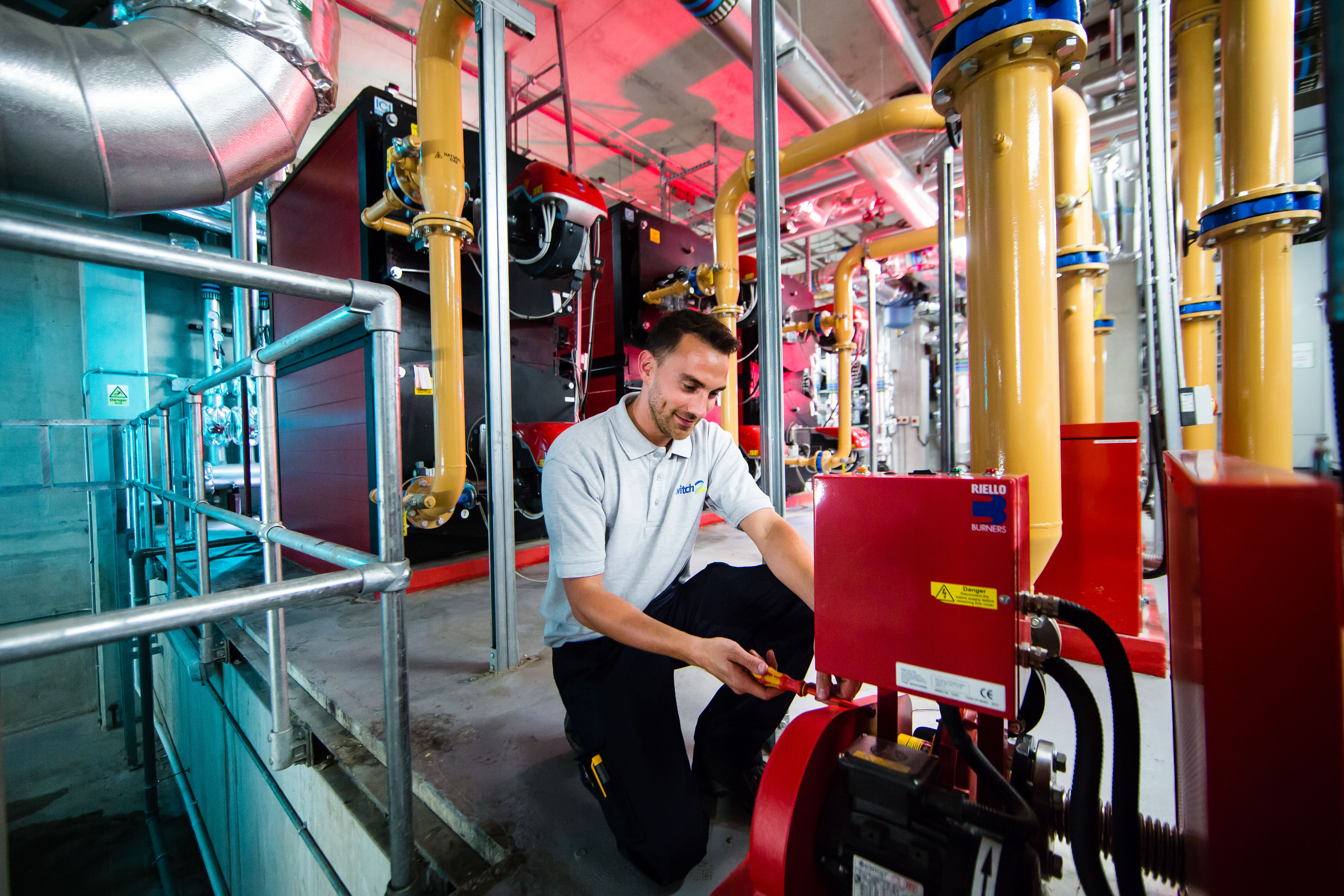In the next few years it's unlikely that hot water and heating in new homes will be supplied by individual gas boilers. The focus will move to cleaner energy more affordable systems, such as heat networks, says Richard Slee, CEO of Switch2 Energy.
The Committee on Climate Change (CCC) has issued an urgent call for the decarbonisation of heat in housing. Latest statistics show that emission reductions from the UK’s 29 million homes have stalled, while energy use in homes – which accounts for 14% of total UK emissions – has increased.
Replacing banned gas boilers
The government is considering proposals from the CCC to ban gas boilers in new homes by 2025. The CCC is also proposing wider use of heat networks, wherever viable. This recommendation makes both environmental and financial sense as it is far more efficient to supply heat from a single energy centre that is then distributed to homes via a local network, than from many individual gas boilers.
That's why the government is already incentivising wider deployment of district and community heating. It has recently opened up funding to private sector housing developers through its £320 million Heat Network Investment Project.
As well as being more efficient, heat networks are also fuel neutral, so can work on hydrogen, heat pumps, or other sustainable energy technologies.
The heat network sector is growing and transforming and there is plenty of best practice in design and operation around the UK's 17,000 schemes. Moves to regulate the industry are in process, but organisations such as Heat Trust and Heat Network Task Force, of which Switch2 is a founding member, are driving progress and raising standards. In addition, the Heat Networks: Code of Practice, developed by the Chartered Institute of Building Services Engineers (CIBSE) and the Association for Decentralised Energy (ADE), provides a blueprint for excellence in heat network development.
Optimising heat network performance
The lack of visibility of performance across the entire heat network is holding back efficiency improvements and system optimisation, but digital technology is changing this. Our innovative Switch2 Optimise platform brings together data from heat metering, the installed Building Energy Management Systems (BEMS), internet feeds, CCTV and any additional sensor or measurement points installed across a heat network. Using powerful business analytics, alarms highlight issues that will have an impact on the efficient performance of each heat network. This enables remote monitoring and engineering teams to make immediate changes to the control of the heat network, or to initiate engineering works as part of an intelligence-led preventative maintenance strategy.
The real-time data insights are accessible on any device and inform continuous optimisation of heat network performance. In this way, maximum efficiencies and reliable operation can be ensured. Potential operational issues can be predicted or immediately identified and corrected before a critical event is realised. A number of key issues can be tackled including overheating within communal areas, flow rates and return temperatures can be optimised, pumping and primary fuel costs reduced which ultimately leads to emissions being minimised.
Smart metering solutions
A successful heat metering strategy is essential to the efficiency, compliance, and transparency of any community or district heating project.
The Heat Network Billing and Metering Regulations make it mandatory to fit final customer meters and point of entry meters in new build developments and most major refurbishment projects. In addition, customers must be billed using actual meter readings, rather than estimates, and billing information must be transparent and informative.
New generation smart meters, such as Switch2's Incontro provide a billing and payment system, but the technology is also linked with all components of the heat network – from heat interface units (HIUs) – to the plant room, BEMS and heating system. This enables real-time communication between all devices.
Incontro combines either pay-as-you-go or credit billing with energy monitoring; multi-zone thermostat, time and temperature control; and an in-home display. It enables developers and landlords to manage costs, reduce debt risk, improve environmental performance, and achieve compliance with statutory regulations and voluntary codes. Residents find it simpler to budget and pay for their energy and control and monitor their energy usage. This leads to energy efficiency savings and lower bills.
Incontro is designed for stylish, aspirational living. Its touchscreen provides everything residents need to programme and control their heat by temperature or time, monitor their energy usage and carbon footprint, and take care of budgeting and payments. If they forget to turn the heat off, or want to return to a warm house after a holiday, they have remote control via a mobile app.
Switch2 remotely manages and monitors the Incontro system from its UK customer service centre, which provides complete billing, prepayment and administration services to more than 70,000 homes across 500 heat networks.



